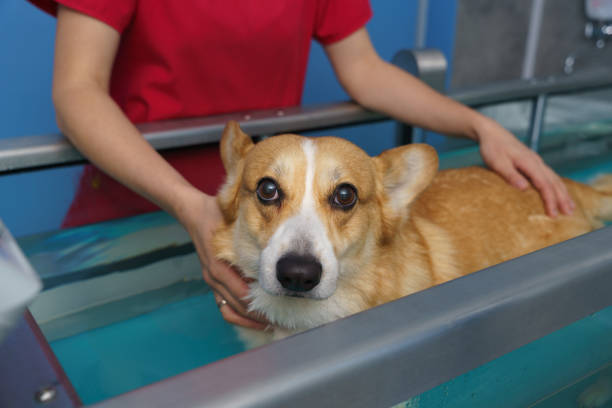Traveling safely with a companion: documentation and comfort tips
Traveling with an animal companion requires careful planning: from packing health records to managing comfort during transit, preparation reduces stress and prevents surprises. This brief guide highlights essential documentation, identification steps like microchipping, and practical comfort tips to help keep pets calm and healthy on the move.

Traveling with a companion animal involves more than a leash and a carrier. Proper documentation, clear identification, and attention to comfort can make journeys safer and more predictable for both you and your pet. Whether you’re moving across state lines, taking a short trip, or using public transport, preparing veterinary paperwork, training for confined spaces, and arranging familiar comforts will reduce anxiety and support wellbeing throughout the trip.
Veterinary and vaccination documentation
Before travel, visit your veterinary provider to confirm vaccinations and obtain a concise health record. Many carriers and border checkpoints request proof of vaccination, recent health checks, and sometimes a certificate of good health from a licensed veterinarian. Keep both digital and printed copies of vaccination dates, any current medications, and contact information for your veterinarian and emergency clinics in your destination area. For seniorcare or animals with chronic conditions, include recent lab results or a summary of ongoing treatments to ensure continuity of care.
Microchipping and identification measures
Microchipping adds a permanent layer of identification beyond collars and tags. Make sure your microchip registration details are up to date with current contact information, and carry a physical ID tag with your phone number and temporary travel contact if you’ll be staying elsewhere. Photograph your pet and their microchip certificate or tag, and store those images with your travel documents. If you need to access local services, research local shelters and pet recovery resources in your destination ahead of time.
Grooming, dental needs, and seniorcare tips
A grooming session before departure helps reduce loose hair in carriers and can prevent matting during longer trips. Address dental needs—such as recent cleanings or ongoing dental conditions—before traveling, since dental health affects overall wellbeing. For older animals, discuss mobility aids, pain management, and temperature sensitivities with your veterinarian. Pack soft bedding, any joint supplements, and a familiar blanket to ease transitions, especially for seniorcare cases where consistency helps lower stress.
Nutrition, hydration, and exercise planning
Maintain your pet’s regular nutrition schedule while traveling to avoid gastrointestinal upset. Pack measured portions of their usual food, bottled water if tap differences are a concern, and collapsible bowls for convenience. Plan breaks for exercise to prevent restlessness: short walks, supervised play, or stretching stops help regulate behavior and digestion. If you must change food due to availability, do so gradually when possible; abrupt diet changes can cause digestive disturbance that complicates travel plans.
Behavior, training, and socialization during travel
Basic training and gradual desensitization to carriers, car rides, or harnesses can make travel smoother. Practice short trips and crate time before longer journeys, using rewards to reinforce calm behavior. Work on socialization skills if your pet will encounter other animals or people; reliable recall, leash manners, and quietness in public spaces are valuable. For anxious animals, consult your veterinarian about behavioral strategies or safe options to reduce fear; avoid unverified sedatives without professional guidance.
Safety, enrichment, and overall wellbeing in transit
Safety extends beyond paperwork—secure carriers, use seat-belt attachments or crates for vehicle travel, and never leave pets unattended in hot or cold vehicles. Enrichment items like chew-safe toys, snuffle mats, or scented cloths can reduce stress and provide mental stimulation during stops. Keep a small first-aid kit, spare leash, and copies of microchip and vaccination records easily accessible. For animals adopted recently, allow extra time to acclimate and maintain familiar routines to support socialization and emotional stability.
This article is for informational purposes only and should not be considered medical advice. Please consult a qualified healthcare professional for personalized guidance and treatment.
Travel routines vary by species, age, and health status, but consistent documentation and thoughtful comfort measures create a reliable foundation. Prepare paperwork and backups, secure clear identification, and prioritize grooming, dental and nutrition needs ahead of departure. Training, measured exercise, and enrichment reduce stress and help maintain behavior and wellbeing throughout the journey. With planning that includes local services and veterinary contingencies, travel can be safer and less disruptive for both companion and caregiver.





